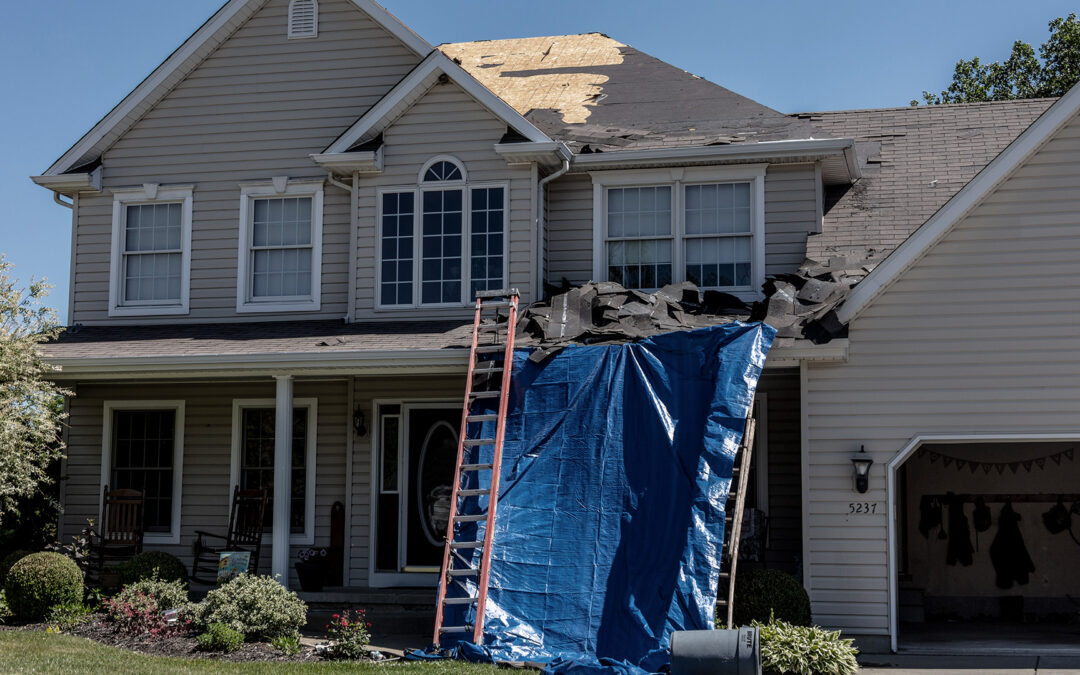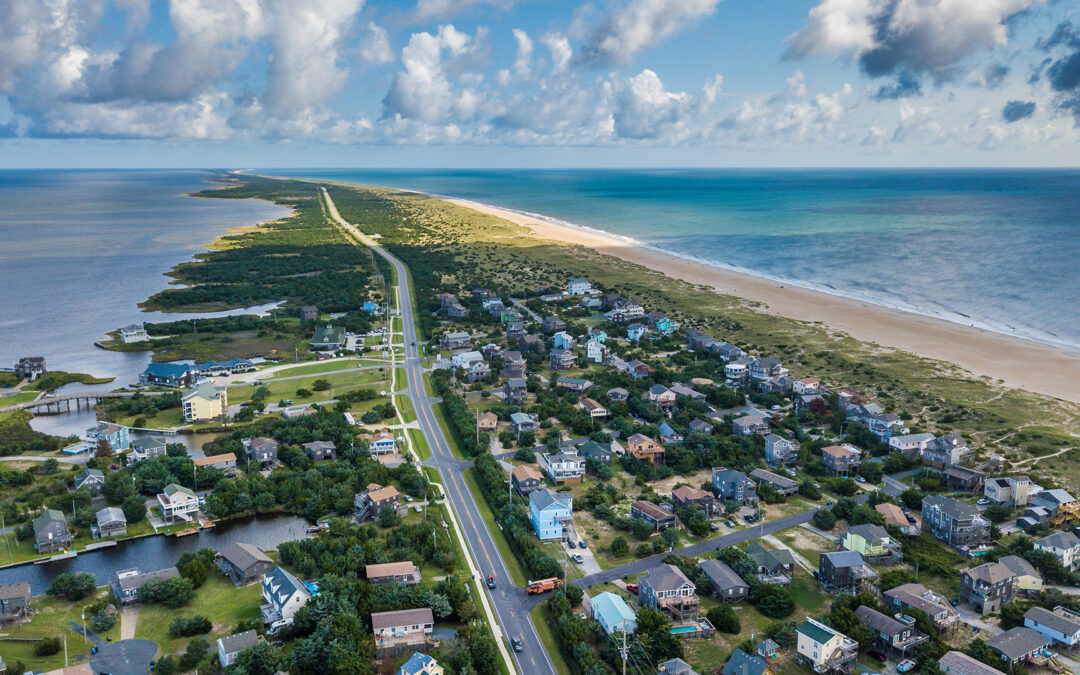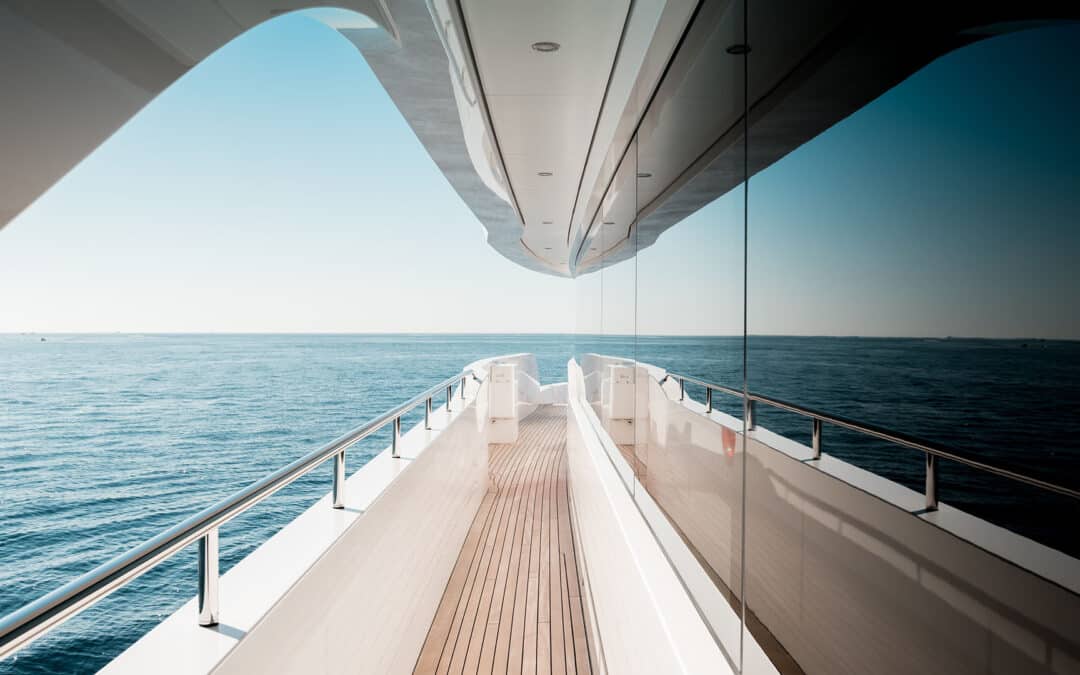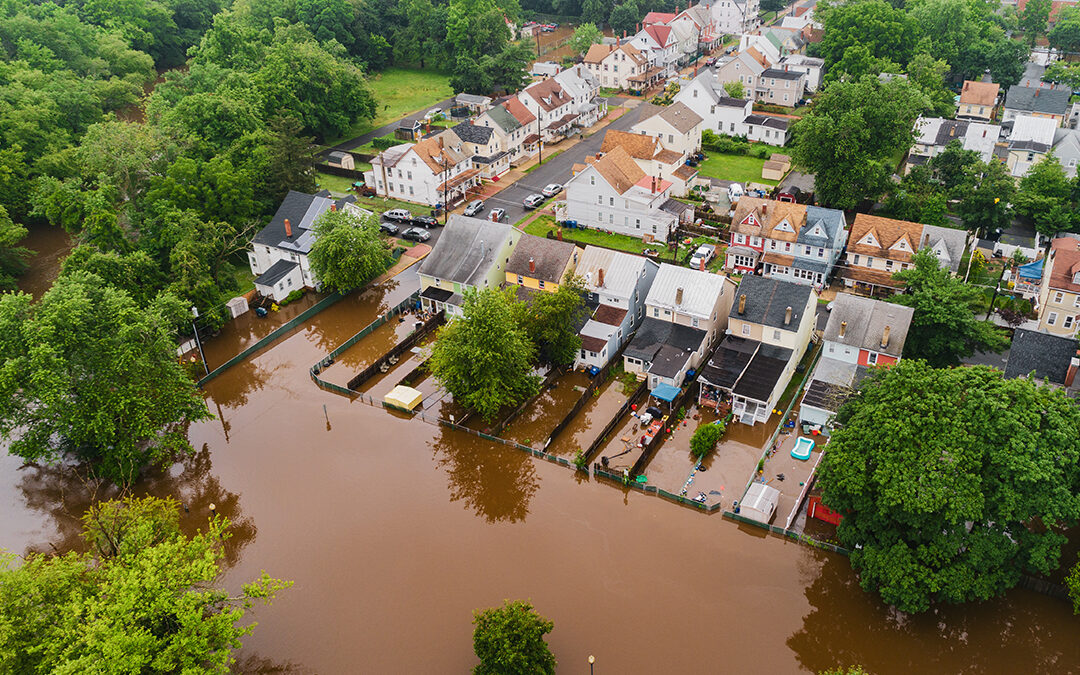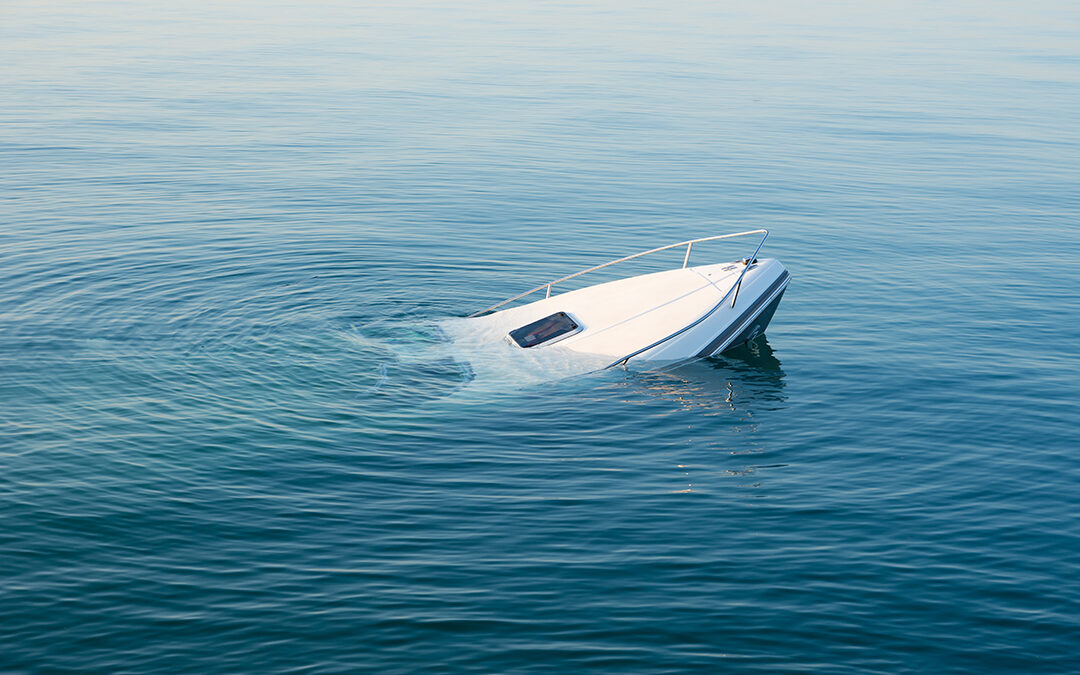An insurance agent needs to be able to identify the best policy for a client and ensure they have all the coverage they require. If they don’t read the fine print closely or gather enough information about the client’s risks, the client could end up with gaps in their coverage, leaving them vulnerable to unpaid claims.
When it comes to watercraft and yacht coverage, there are certain risks that are often overlooked. Keep track of these common gaps in yacht and watercraft coverage to make sure your clients are covered.
Wreck Removal Coverage
Boat insurance covers physical damage to the watercraft but usually excludes coverage for wreck removal in case of a total loss after a natural disaster. When a client purchases a yacht insurance policy, the insurance company might pay an agreed-upon amount or, in the event of a total loss after sinking, the actual market value. However, there may be a gap in the policy where it does not cover wreck removal. If that happens, the client will have to pay out-of-pocket for the wreck removal of the boat.
Comprehensive Environmental Insurance
When a boat or watercraft sustains damage, the consequences of an oil or gas spill can be dire. It can contaminate the water, ruin the local fishing sector, and harm the ecology by killing plants and animals. Since boat owners are responsible for the cleanup charges for their damaged boat and any environmental harm according to the Oil Pollution Act of 1990, the watercraft or yacht insurance must cover the obligation, or else the boat owner pays for it.
Salvage Charge Coverage
The process of recovering and repairing a vessel that has sunk can be costly. Many boat owners believe their insurance will cover the cost of elevating and transferring the vessel. To their surprise, insurers subtract the salvage charges from the vessel’s insured value, reducing the amount left for repairs. Professional assistance to salvage the boat may cost several thousand dollars depending on:
- The depth of the sunken vessel.
- The location of the watercraft.
- The boat’s proximity to the shore.
- The size of the vessel.
- The seabed material type.
Additional salvage charge coverage ensures a fair deal for the vessel’s owner by providing coverage equal to the boat’s hull worth in some instances. Some insurers may even manage the entire salvage process.
Hurricane Protection
Before storm season, your client should review their policy and verify their coverage to check if the boat insurance includes hurricane damage protection, which ensures that their preparation for the hurricane ahead is complete.
This coverage is not always included in policies by default, and carriers can refuse to add hurricane coverage a few days before a storm. In many cases, regulations are in place to prevent carriers from issuing new contracts when a hurricane or tropical storm warning is in place.
With hurricane haul-out protection, providers may also offer to reimburse part of the cost of removing the boat from the water to protect it before an impending hurricane.
Adequate Liability Coverage
Liability protection will aid in covering the costs of injuries and property damage to any third party stemming from vessel usage or ownership. Legal expenses and resulting medical costs could be substantial in such cases. The extra protection helps prevent owners from being held liable in court for unexpected expenses.
Assist your client in getting adequate liability insurance to protect their finances by determining the liability coverage threshold that most adequately protects their net worth. Calculate this by combining the value of your client’s deposits and investment funds with the capital they have, like their house, car, boat, and other assets.
Jones Act Coverage
The Jones Act provides additional coverage to clients when buying watercraft and yacht insurance policies. It’s also known as workers’ compensation in the maritime context, and typically, it’s not automatically covered by most insurance providers.
United States crew members can seek compensation for their losses under the Jones Act if they suffer injuries due to negligence. Clients looking to protect themselves against legal risk should add this coverage to their insurance policy if they employ any crew members.
Fishing Equipment Coverage
Fishing equipment insurance coverage is relatively inexpensive, and in today’s fishing market, especially with the high price of fishing gear, it becomes even more critical. It can cover loss or damage to fishing gear while on and off an insured vessel.
Territorial Limit Awareness
Watercraft or yacht insurance usually comes with a territorial limit. It indicates the locations and geographic areas where the insurer offers coverage under the regular policy limits. There is no coverage for yacht insurance if a mishap occurs outside the permitted territorial waters. The client needs to be aware of the territorial limits the coverage offers so they may get additional coverage if they wish to cruise beyond their covered territory.
Awareness of the gaps in watercraft and yacht coverage allows agents to offer adequate coverage to clients. With the right policy, they can avoid dealing with significant, unexpected losses in the event of a claim. A specialist at Jencap can check for gaps and negotiate with any of our A-rated carriers on your behalf. Contact us for a quote.




